Arnold, Michael L. 2008. Reticulate Evolution and Humans: Origins and Ecology. Oxford University Press.
"Asian Palm Civet." A - Z Animals. Retrieved August 7, 2014.
- Available at: http://a-z-animals.com/animals/asian-palm-civet/
“Asian Palm Civet.” The Animal Files: Mammals > Carnivores. Retrieved August 7, 2014.
- Available at: http://www.theanimalfiles.com/mammals/carnivores/civet_asian_palm.html
"The Asian Palm Civet." Espresso & Coffee Guide. Retrieved August 7, 2014.
- Available at: http://www.espressocoffeeguide.com/gourmet-coffee/asian-indonesian-and-pacific-coffees/civet-coffee/the-asian-palm-civet/
“Asian Palm Civet Pictures and Facts.” The Website of Everything: Animals > Mammals > Carnivora > Viverridae > Hemigalinae > Chrotogale. Retrieved August 7, 2014.
- Available at: http://thewebsiteofeverything.com/animals/mammals/Carnivora/Viverridae/Paradoxurus/Paradoxurus-hermaphroditus.html
Bell, D.; Roberton, S.; and Hunter, P. R. 2004. "Animal Origins of SARS Coronavirus: Possible Links with the International Trade in Small Carnivores." Philosophical Transactions of the Royal Society of London, Series B, Biological Sciences 359:1107-1114.
Bisby, F.A.; Roskov, Y.R.; Orrell, T.M.; Nicolson, D.; Paglinawan, L.E.; Bailly, N.; Kirk, P.M.; Bourgoin, T.; Baillargeon, G.; and Ouvrard, D. (red.). 2011. "Chrotogale owstoni Thomas, 1912." Species 2000 & ITIS Catalogue of Life: 2011 Annual Checklist. Reading, UK. Retrieved August 7, 2014.
- Available at: http://www.itis.gov/servlet/SingleRpt/SingleRpt?search_topic=TSN&search_value=621976&search_kingdom=every&search_span=exactly_for&categories=All&source=html&search_credRating=All
Boelens, Bo; Watkins, Michael; and Grayson, Michael. 2009. The Eponym Dictionary of Mammals. Johns Hopkins University.
Boudet, Ch. 10 January 2009. "Species Sheet: Owston’s Banded Palm Civet, Owston’s Civet, Owston’s Palm Civet." Mammals' Planet: Vs n°4, 04/2010. Retrieved August 7, 2014.
- Available at: http://www.planet-mammiferes.org/drupal/en/node/38?indice=Chrotogale+owstoni
Cassell's Universal Portrait Gallery: A Collection of Portraits of Celebrities, English and Foreign. With Facsimile Autographs. 1895. London, Paris & Melbourne: Cassell and Company, Limited.
- Available via Internet Archive at: https://archive.org/details/cassellsuniversa00londiala
"Chrotogale owstoni (Owston's Civet)." ZipcodeZoo: Species Identifier 3132. Retrieved August 7, 2014.
- Available at: http://zipcodezoo.com/animals/c/chrotogale_owstoni/
“Chrotogale owstoni Thomas, 1912.” The Marine Biological Universal Biological Indexer and Organizer. Retrieved August 7, 2014.
- Available at: http://www.ubio.org/browser/details.php?namebankID=105772
"Civet Coffee." Espresso & Coffee Guide. Retrieved August 7, 2014.
- Available at: http://www.espressocoffeeguide.com/gourmet-coffee/asian-indonesian-and-pacific-coffees/civet-coffee/
"Common Palm Civet." Ecology Asia: Mammals of SE Asia. Retrieved August 7, 2014.
- Available at: http://www.ecologyasia.com/verts/mammals/common_palm_civet.htm
Corbet, G.B.; and Hill, J.E. 1992. Mammals of the Indo-Malayan Region: A Systematic Review. Oxford, U.K.: Oxford University Press.
Driver, Stephanie (ed.). 2008. Exploring Mammals, Volume 3. Tarrytown, NY: Marshall Cavendish Corporation.
Duckworth, J.W.; Widmann P.; Custodio, C.; Gonzalez, J.C.; Jennings, A.; and Veron, G. 2008. "Paradoxurus hermaphroditus." In: IUCN 2014. International Union for Conservation of Nature and Natural Resources Red List of Threatened Species. Version 2014.1. Retrieved August 7, 2014.
- Available at: http://www.iucnredlist.org/details/41693/0
Duff, Andrew; and Lawson, Ann. 2004. Mammals of the World: A Checklist. Yale University Press.
Ewer, R.F. 1998. The Carnivores. Cornell University Press: Cornell Paperbacks.
Gaubert, P.; and Cordeiro-Estrela, P. 2006. “Phylogenetic Systematics and Tempo of Evolution of the Viverrinae (Mammalia, Carnivora, viverridae) within Feliformians: Implications for Faunal Exchanges between Asia and Africa.” Molecular Phylogenetics and Evolution 41:266-278.
Gervais, Paul. 1855. Histoire naturelle des Mammifères: Carnivores, Proboscidiens, Jumentés, Bisulques, Édentés, Marsupiaux, Monotrèmes, Phoques, Sirénides et Cétacés. Paris: L. Curmer.
Gittleman, John L.; Funk, Stephan M.; Macdonald, David; and Wayne, Robert K. (eds.). 2001. Carnivore Conservation. Cambridge University Press: Conservation Biology 5.
Gray, John Edward. 1833 - 1834. Illustrations of Indian Zoology; Chiefly Selected from the Collection of Major-General Hardwicke. Vol. II. London: Adolphus Richter and Co. and Parbury, Allen and Co., MDCCCXXXIII - MDCCCXXXIV.
- Available via Internet Archive at: https://archive.org/details/IllustrationsOfIndianZoology2
Hayssen, Virginia; Van Tienhoven, Ari; and Van Tienoven, Ans. Asdell’s Patterns of Mammalian Reproduction: A Compendium of Species-Specific Data. Cornell University, 1993.
Horsfield, Thomas, M.D. 1855. “Brief Notices of several new or little-known species of Mammalia, lately discovered and collected in Nepal by Brian Houghton Hodgson, Esq.” The Annals and Magazine of Natural History, Including Zoology, Botany, and Geology (Being a Continuation of the ‘Annals’ Combined with Loudon and Charlesworth’s ‘Magazine of Natural History’), Vol. XVI – Second Series: 101 – 114.
- Available via Biodiversity Heritage Library at: http://biodiversitylibrary.org/page/18661012
Horsfield, Thomas, M.D. 1856. “Catalogue of a Collection of Mammalia from Nepal, Sikim, and Tibet, presented to the Hon. East India Company by B.H. Hodgson, Esq., in 1853.” Proceedings of the Zoological Society of London, Part XXIV: 393 - 406.
- Available via Biodiversity Heritage Library at: http://biodiversitylibrary.org/page/12860960
Hunter, Luke; and Barrett, Priscilla. 2011. A Field Guide to the Carnivores of the World. London, Cape Town, Sydney, Auckland: New Holland Publishers (UK) Ltd.
Jennings, A. P.; and Veron, J. 2009. "Family Viverridae (Civets, Genets, and Oyans)." In: Don E. Wilson and Russel Mittermeier (Hrsg.) Handbook of the Mammals of the World Volume 1: Carnivores. Lynx Edicions.
Kondo, H.; Tesar, J.; Cloud, D.; Kagan, L. (eds.). 1972. Civets, Genets, and Linsangs, Volume 2, 3rd Edition. Milan: Fratelli Fabbri Editori.
Larivière, Serge. 2004. "Palm civet Paradoxurus hermaphroditus Spanish: Musang." P. 344 in Grzimek's Animal Life Encyclopedia, Second Edition. Volume 14: Mammals III, edited by Michael Hutchins, Devra G. Kleiman, Valerius Geist, and Melissa C. McDade. Farmington Hills, MI: Gale Group, Inc., division of Thomson Learning Inc.
Lydekker, Richard. 1896. A Hand-Book to the Carnivora. Part I: Cats, Civets, and Mungooses. London: Lloyd’s Natural History. Edward Lloyd, Limited.
- Available via Internet Archive at: https://archive.org/details/handbooktocarniv00lydekke
"The Many Names of the Asian Palm Civet." Espresso & Coffee Guide. Retrieved August 7, 2014.
- Available at: http://www.espressocoffeeguide.com/gourmet-coffee/asian-indonesian-and-pacific-coffees/civet-coffee/the-asian-palm-civet/the-many-names-of-the-asian-palm-civet/
Mathai, J. 2010. “Hose’s Civet: Borneo’s Mysterious Carnivore.” Night Watch 18(4):2-8.
Nelson, Jessica. 2013. “Paradoxurus hermaphroditus: Asian Palm Civet (On-line).” Animal Diversity Web. University of Michigan Museum of Zoology. Retrieved August 7, 2014.
- Available at: http://animaldiversity.ummz.umich.edu/accounts/Paradoxurus_hermaphroditus/
Newquay Zoo. 24 July 2009. “What’s an Owston’s Civet?” ZooBorns. Retrieved August 7, 2014.
- Available at: http://www.zooborns.com/zooborns/2009/07/whats-an-owstons-civet.html
Nowak, Ronald M. 1999. Walker's Mammals of the World, Sixth Edition. Volume I. Baltimore: Johns Hopkins University Press.
“Owston’s Civet (Chrotogale owstoni).” ARKive: Species > Mammals. Retrieved August 7, 2014.
- Available at: http://www.arkive.org/owstons-civet/chrotogale-owstoni/
“Owston’s Civet, Owston’s Palm Civet.” World Association of Zoos and Aquariums: Visit the Zoo > Small Carnivores. Retrieved August 7, 2014.
- Available at: http://www.waza.org/en/zoo/visit-the-zoo/small-carnivores-1254385523/chrotogale-owstoni
Proceedings of the Zoological Society of London: Illustrations 1848-60. Vol. I Mammalia. Plates I - LXXXIII. London: Messrs. Longman, Green, Longmans, and Roberts; Paris and Leipzig: M.J. Rothschild.
- Available via Biodiversity Heritage Library at: http://biodiversitylibrary.org/page/3702790
Rabinowitz, A. 1991. "Behavior and Movements of Sympatric Civet Species in Huai Kha Khaeng Wildlife Sanctuary, Thailand." Journal of Zoology 223/2:281-298.
Rozhnov, V.; Yu, V. 2003. "Roles of Different Types of Excretions in Mediated Communication by Scent Marks of the Common Palm Civet, Paradoxurus hermaphroditus Pallas, 1777 (Mammalia, Carnivora)." Biology Bulletin 30/6:584-590.
Schreiber, A.; Wirth, R.; Riffel, M.; and Van Rompaey, H. 1989. Weasels, Civets, Mongooses, and Their Relatives. An Action Plan for the Conservation of Mustelids and Viverrids. Gland, Switzerland: IUCN.
Veron, Geraldine. 2010. “Phylogeny of the Viverridae and ‘Viverrid-like’ Feliforms.” Pp. 64-90 in Carnivoran Evolution: New Views on Phylogeny, Form and Function edited by Anjali Goswami and Anthony Friscia. Cambridge University Press: Cambridge Studies in Morphology and Molecules.
Wilson, Don E.; and Cole, F. Russell. 2000. Common Names of Mammals of the World. Washington, D.C.: Smithsonian Institution Press.
Wilson, Don E.; and Reeder, DeeAnn M. (editors). 2005. Mammal Species of the World: A Taxonomic and Geographic Reference (3rd ed), Johns Hopkins University Press.
Wrobel, Murray (Editor). 2007. Elsevier's Dictionary of Mammals: Latin English German French Italian. Oxford, U.K.: Elsevier B.V.


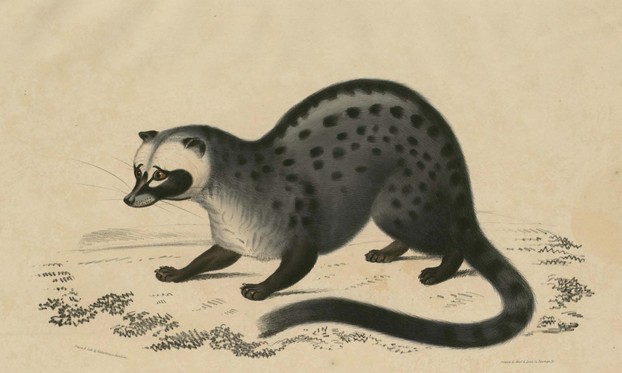
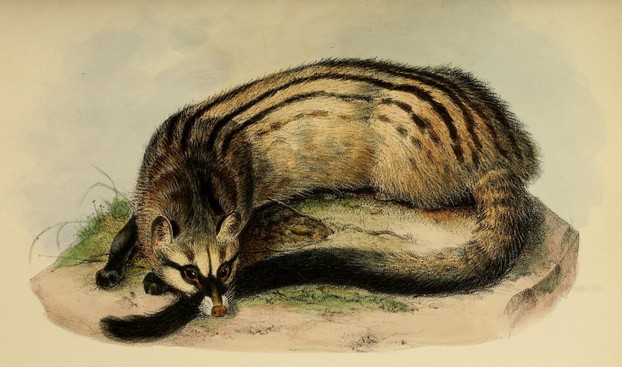
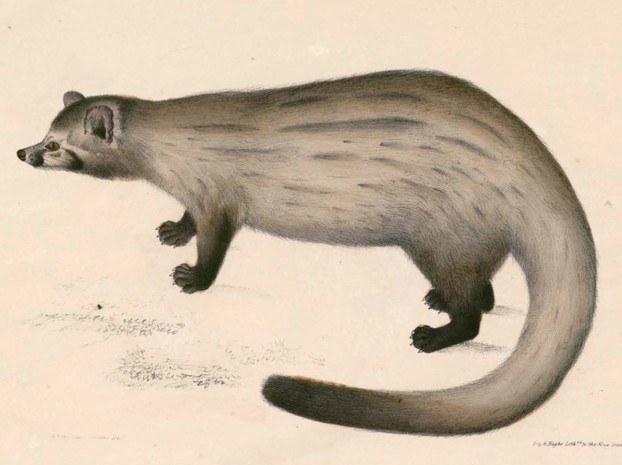
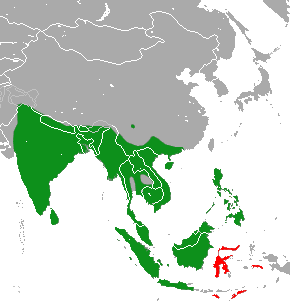
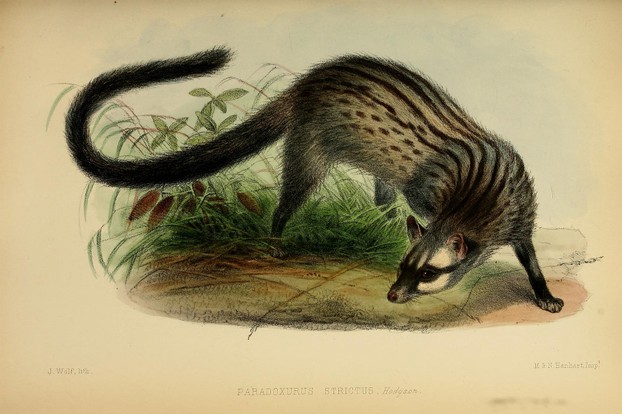
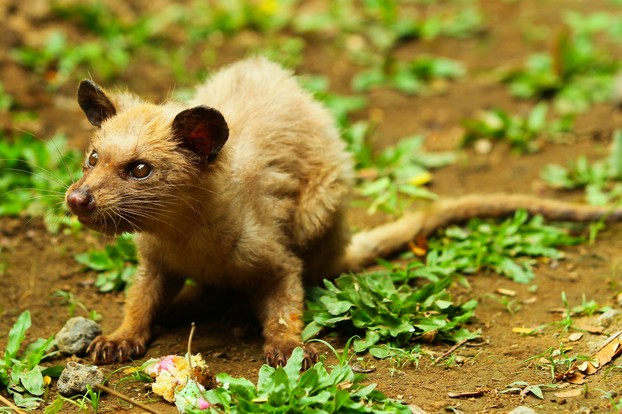
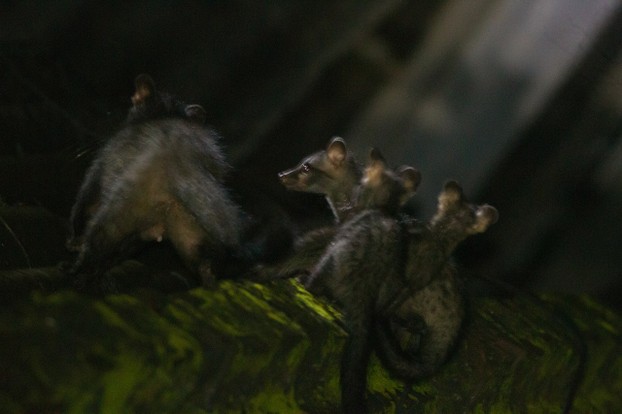
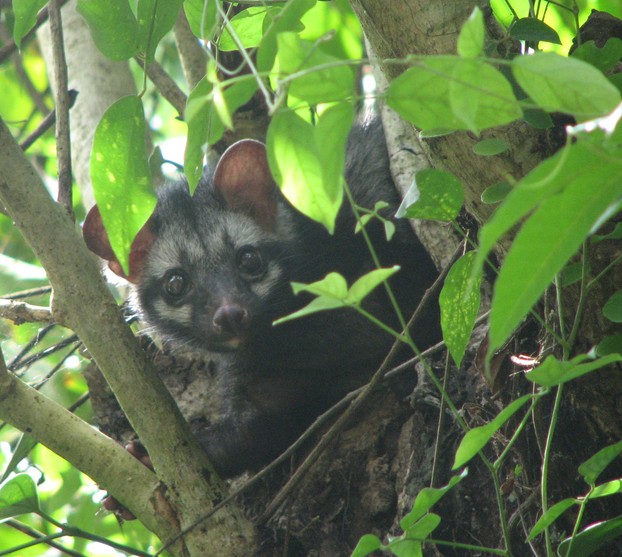
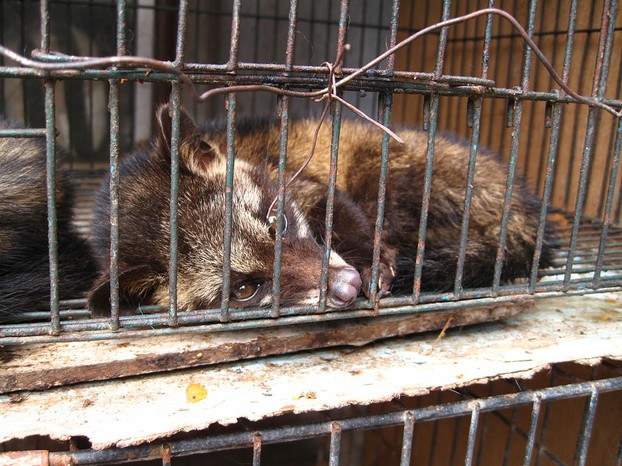
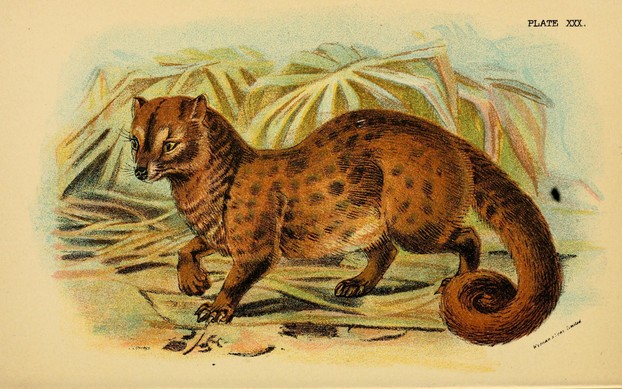
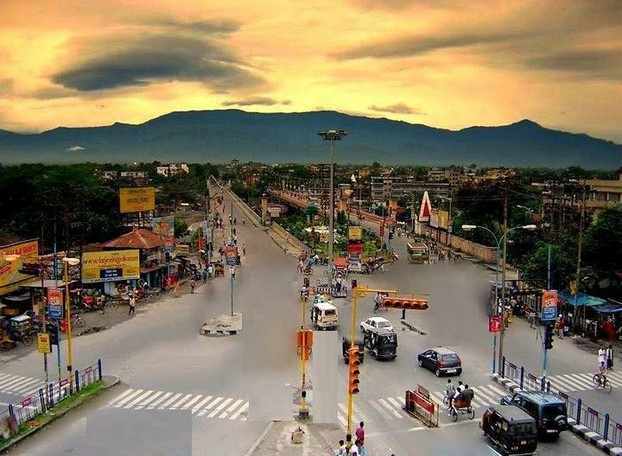
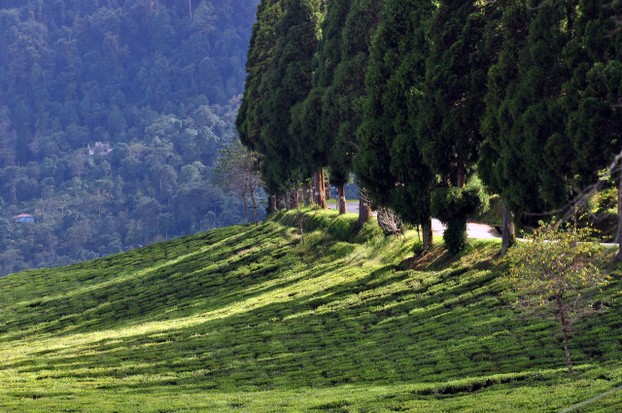




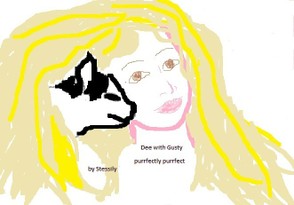
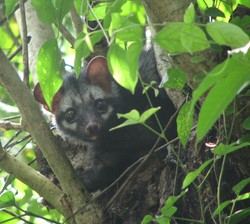

 Are Hawaiian Huakai Po Nightmarchers Avenging Halloween Thursday?on 10/02/2024
Are Hawaiian Huakai Po Nightmarchers Avenging Halloween Thursday?on 10/02/2024
 Mailing Addresses for 2023 Form 4868 Extending 1040 and 1040SR April 15, 2024, Due Dateon 04/15/2024
Mailing Addresses for 2023 Form 4868 Extending 1040 and 1040SR April 15, 2024, Due Dateon 04/15/2024
 Mailing Addresses for 2023 Forms 1040 and 1040SR Filed in 2024on 04/15/2024
Mailing Addresses for 2023 Forms 1040 and 1040SR Filed in 2024on 04/15/2024
 Mailing Addresses for 2022 Form 4868 Extending 1040 and 1040SR April 18, 2023, Due Dateon 04/13/2023
Mailing Addresses for 2022 Form 4868 Extending 1040 and 1040SR April 18, 2023, Due Dateon 04/13/2023

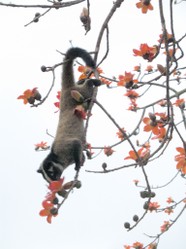
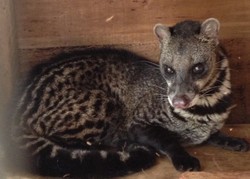
Comments